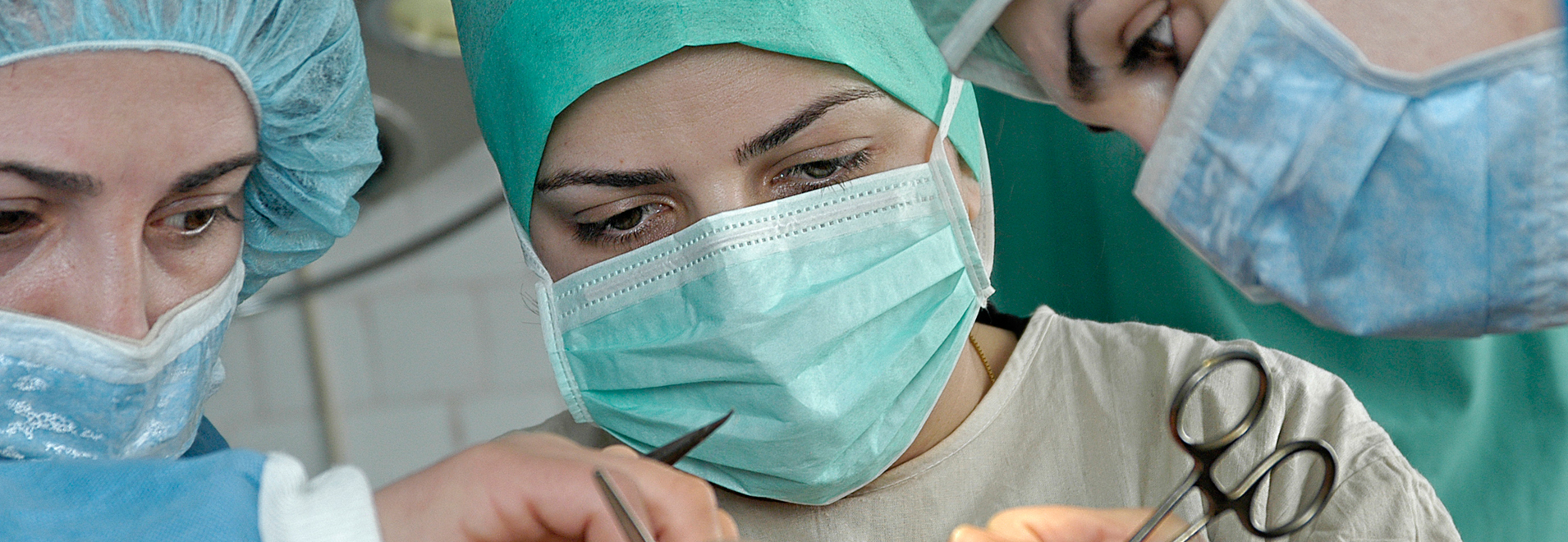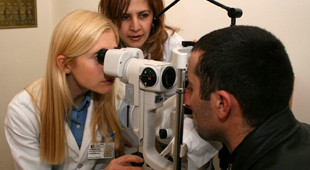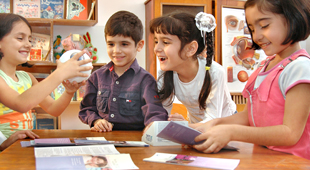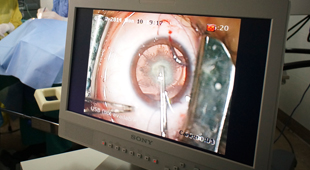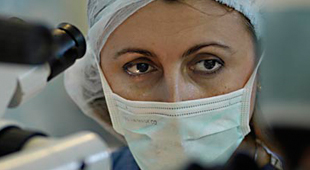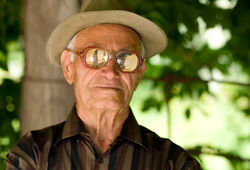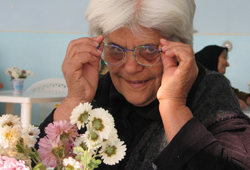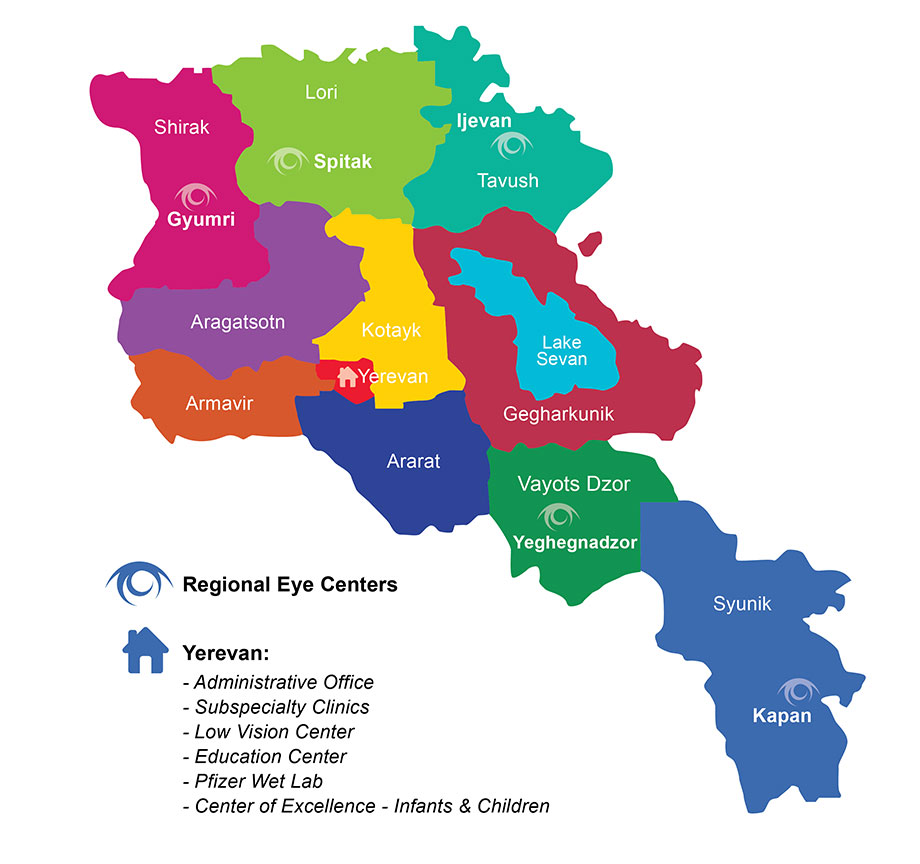
Arthur, Gagik & Zonik
Social Exclusion as a result of tragic land mine explosions, the lives of three boys from three different communities across Nagorno-Karabakh changed dramatically in 1993. Seconds before all three explosions the children were playing peacefully-exploring the new deadly “toys” found on the streets of their villages-hand grenades, detonators, land mines and pallet bombs.
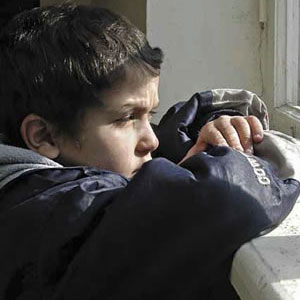
Approximately 14 million Americans aged 12 years and older have self-reported visual impairment defined as distance visual acuity of 20/50 or worse.
Learn More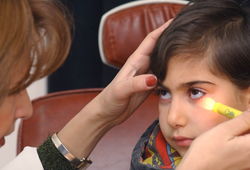
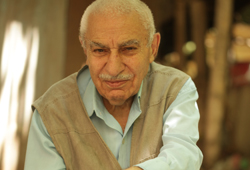


Eye Safety in Sports
Lots of people – at all ages – are injured while playing sports – but getting hurt doesn’t have
to happen. A few sports injury prevention steps can help to keep everyone in the game. All eye protection should fit securely and have cushions above your eyebrows and over your nose. Face masks or polycarbonate guards or shields that attach to a helmet are worn in sports such as football, ice hockey, and softball and baseball when batting. Goggles are often worn for soccer, basketball, racquet sports, snowboarding, street hockey, and baseball and softball when fielding. If you wear glasses, you’ll probably need prescription polycarbonate goggles — don’t just wear your regular glasses when you’re on the court or field.

USAID Visits Mobile Eye Hospital
The purpose of the visit was to view the activities of “The Primary and Ophthalmological Health Care Alliance,” a joint USAID-AECP effort designed to increase the utilization of sustainable, high-quality primary healthcare services in Armenia and ultimately, to eliminate preventable blindness in Armenia.
Proud to be singled out as a success story of USAID/ AECP cooperation, the EyeCare Project had the opportunity to demonstrate a U.S. Government assistance project in operation. Its state-of-the-art mobile eye hospital provides eye care to Armenians throughout the country with all Armenians, regardless of their financial situation, receive eye screenings at no charge.







